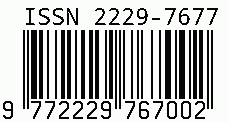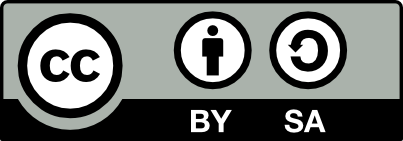
International Journal on Science and Technology
E-ISSN: 2229-7677
•
Impact Factor: 9.88
A Widely Indexed Open Access Peer Reviewed Multidisciplinary Bi-monthly Scholarly International Journal
Plagiarism is checked by the leading plagiarism checker
Call for Paper
Volume 16 Issue 4
October-December 2025
Indexing Partners



















Monosaccharides Xanthates and Their Application in the Removal of Toxic Metal Ions from Contaminated Water: A Review
| Author(s) | Dr. Amar Nath |
|---|---|
| Country | India |
| Abstract | The regular increase of pollutants with toxic metal ions in water reservoir that show a substantial world-wide issue because of their persistence, non-biodegradable behaviour and it easily accumulate in living organism. Their minimum concentrations caused adverse effect on livening being. A suitable emerging materials monosaccharide xanthate an organic compound which was synthesised by using simple sugar and carbon disulfides under basic medium which acts as an effective biosorbents for removal of toxic metal ions. Due to presence of significant amounts of hydroxyl groups, biodegradable and non-toxic nature it has much affinity toward metal ions, xanthates formed from glucose, fructose, and mannose a monosaccharide that reveal outstanding chelating and adsorption potential. This review illustrated about the synthetic routes, structure and functional process of the xanthates that focused on its important for removal of Pb2+, Cd2+, Cu2+ and Hg2+ form aqueous medium. There are also discussed on the experimental parameters that effects the removal of toxic metal ions. At the end it also focused on it limitation and future guidelines for emerging economical and eco friendly adsorbent of xanthates for commercially applicable for wastewater treatment. |
| Keywords | Monosaccharide xanthates; heavy metal, metal ions removal; biosorption; green adsorbents; carbon disulfide modification; sustainable remediation. |
| Field | Chemistry |
| Published In | Volume 16, Issue 4, October-December 2025 |
| Published On | 2025-10-23 |
| DOI | https://doi.org/10.71097/IJSAT.v16.i4.8981 |
| Short DOI | https://doi.org/g97s6c |
Share this


CrossRef DOI is assigned to each research paper published in our journal.
IJSAT DOI prefix is
10.71097/IJSAT
Downloads
All research papers published on this website are licensed under Creative Commons Attribution-ShareAlike 4.0 International License, and all rights belong to their respective authors/researchers.

